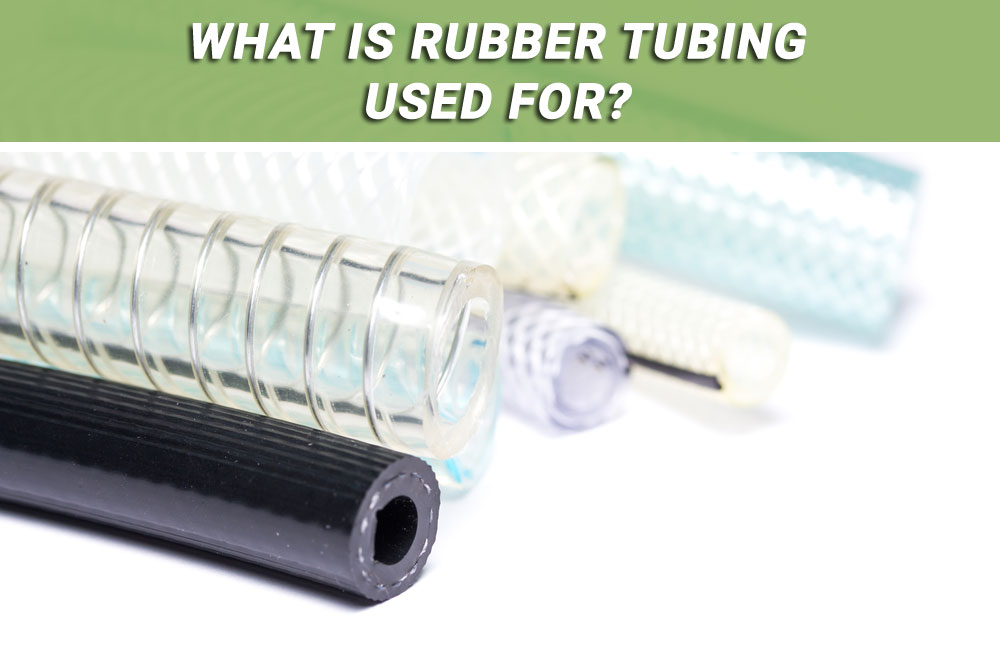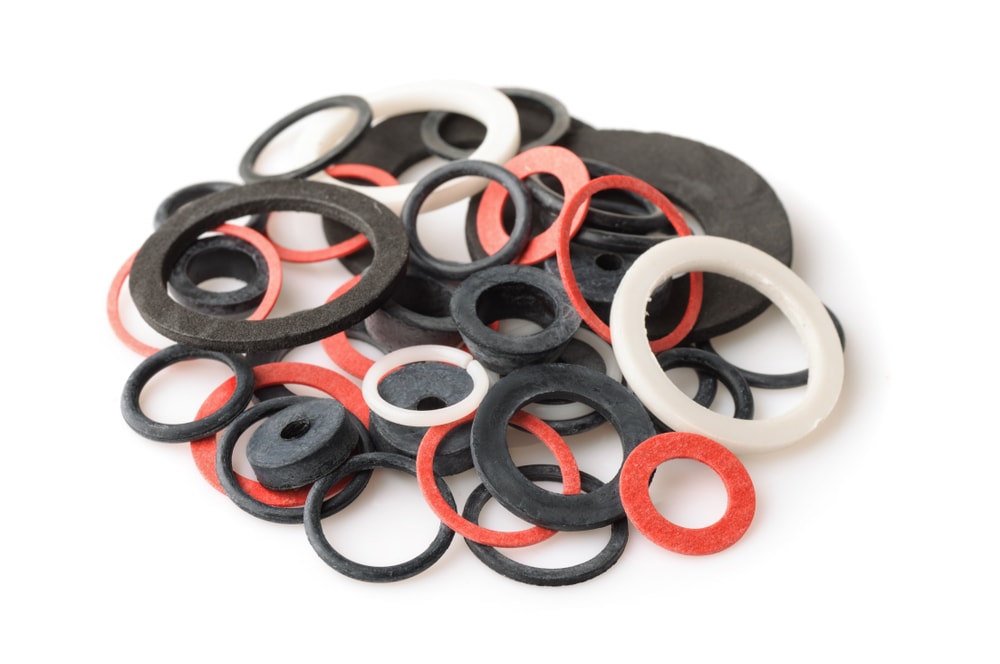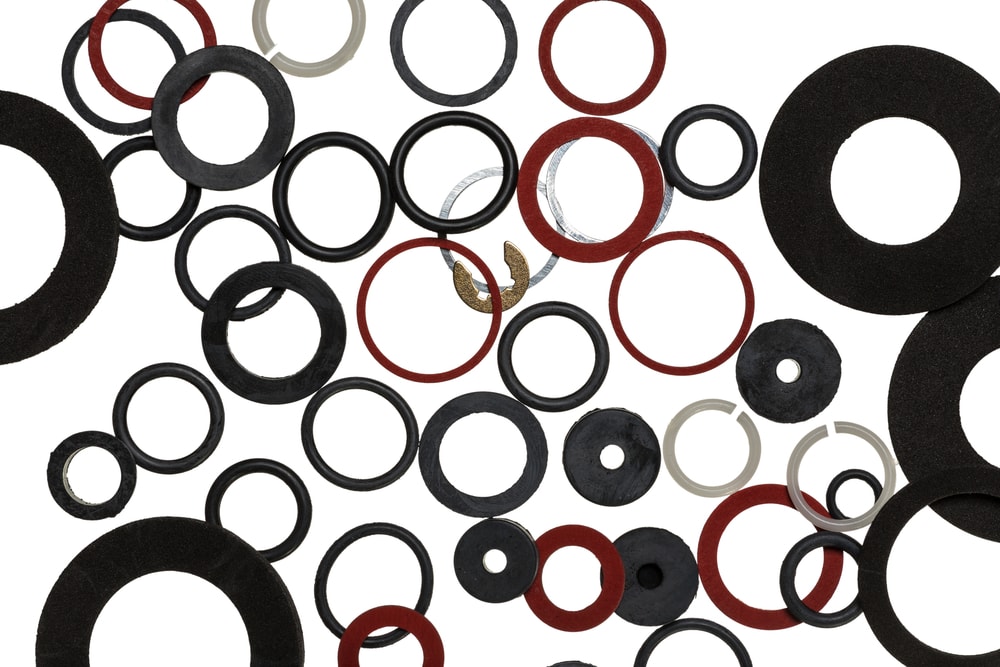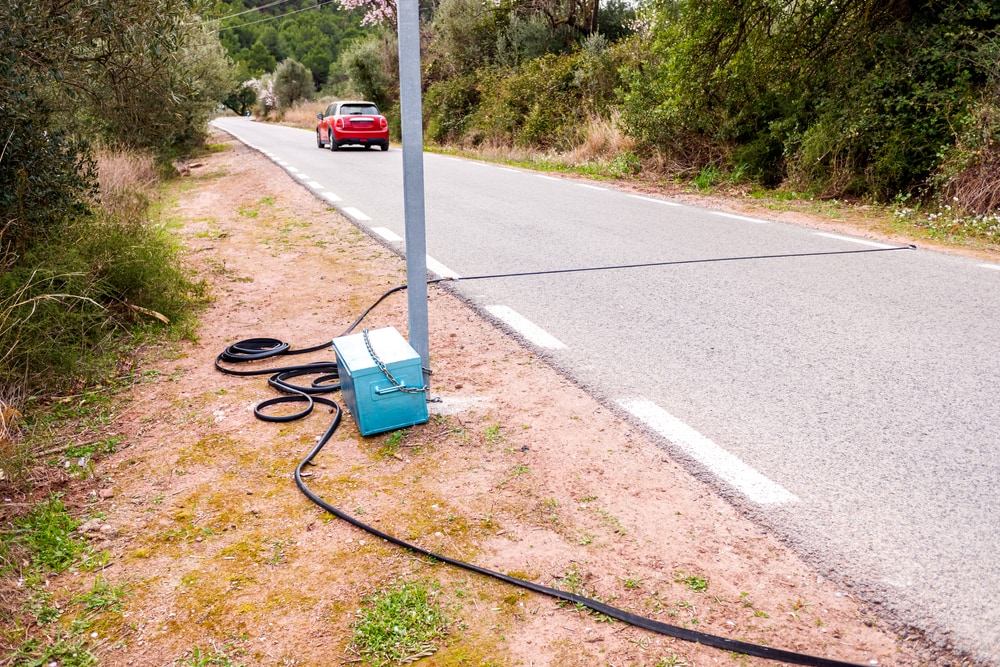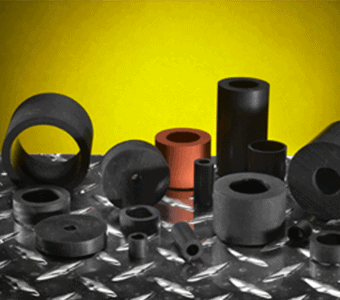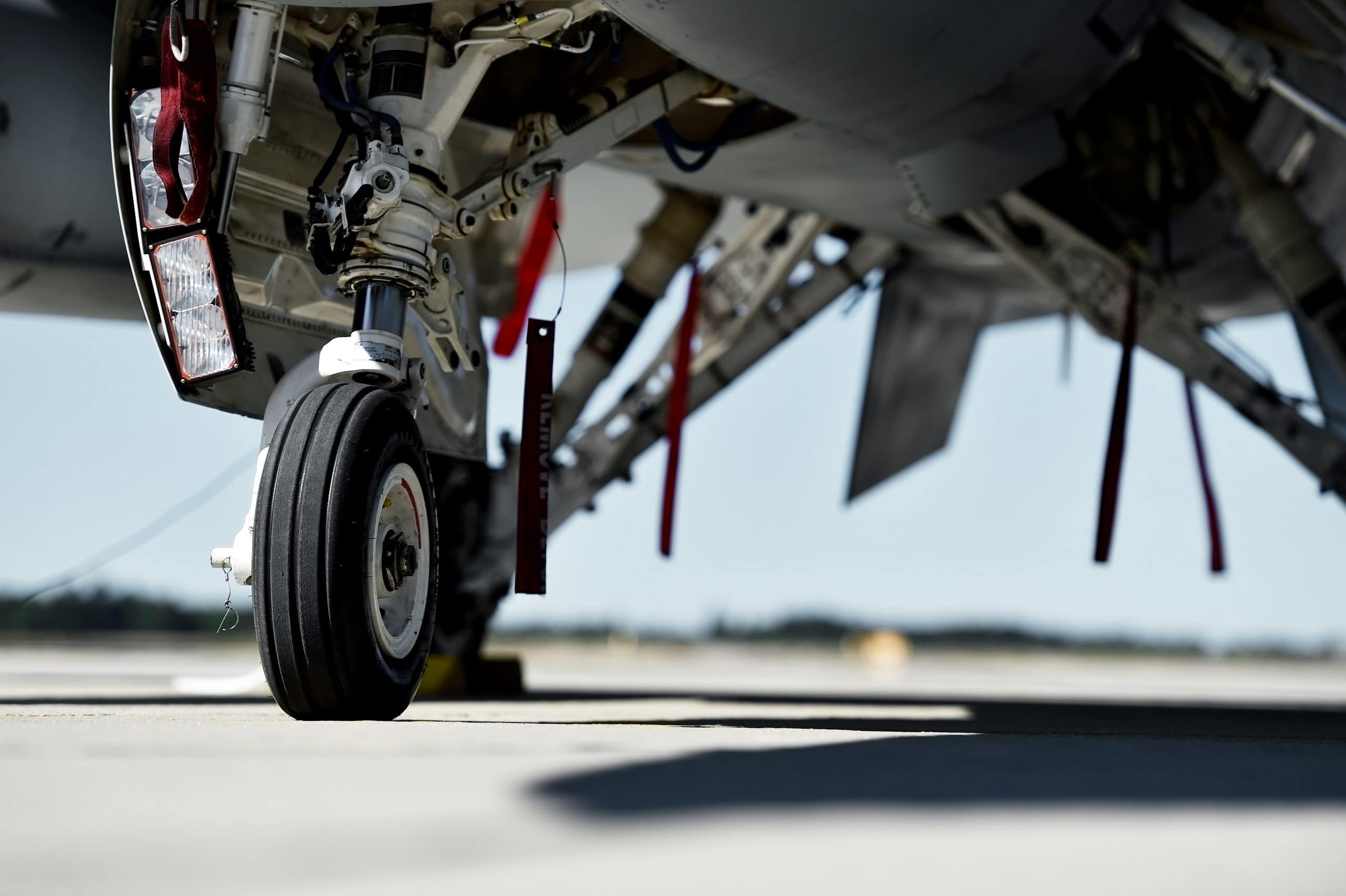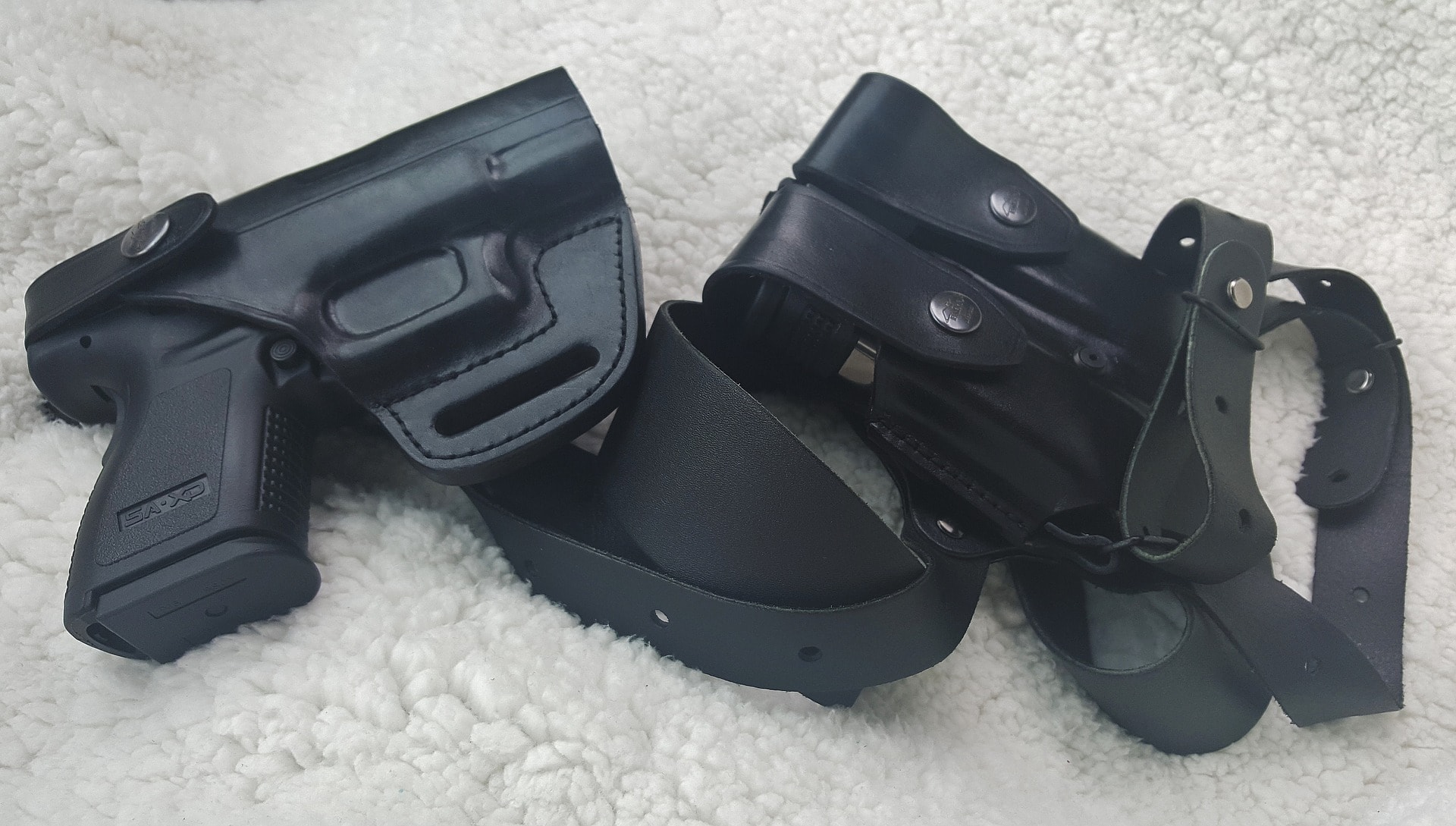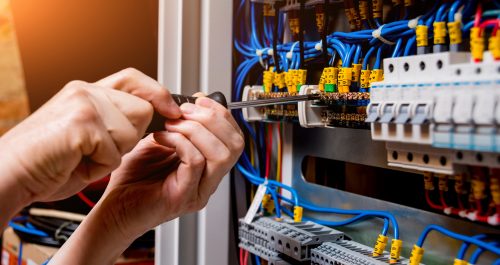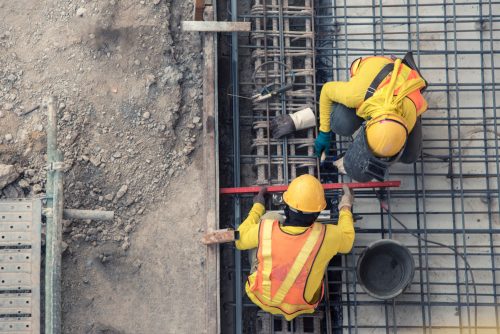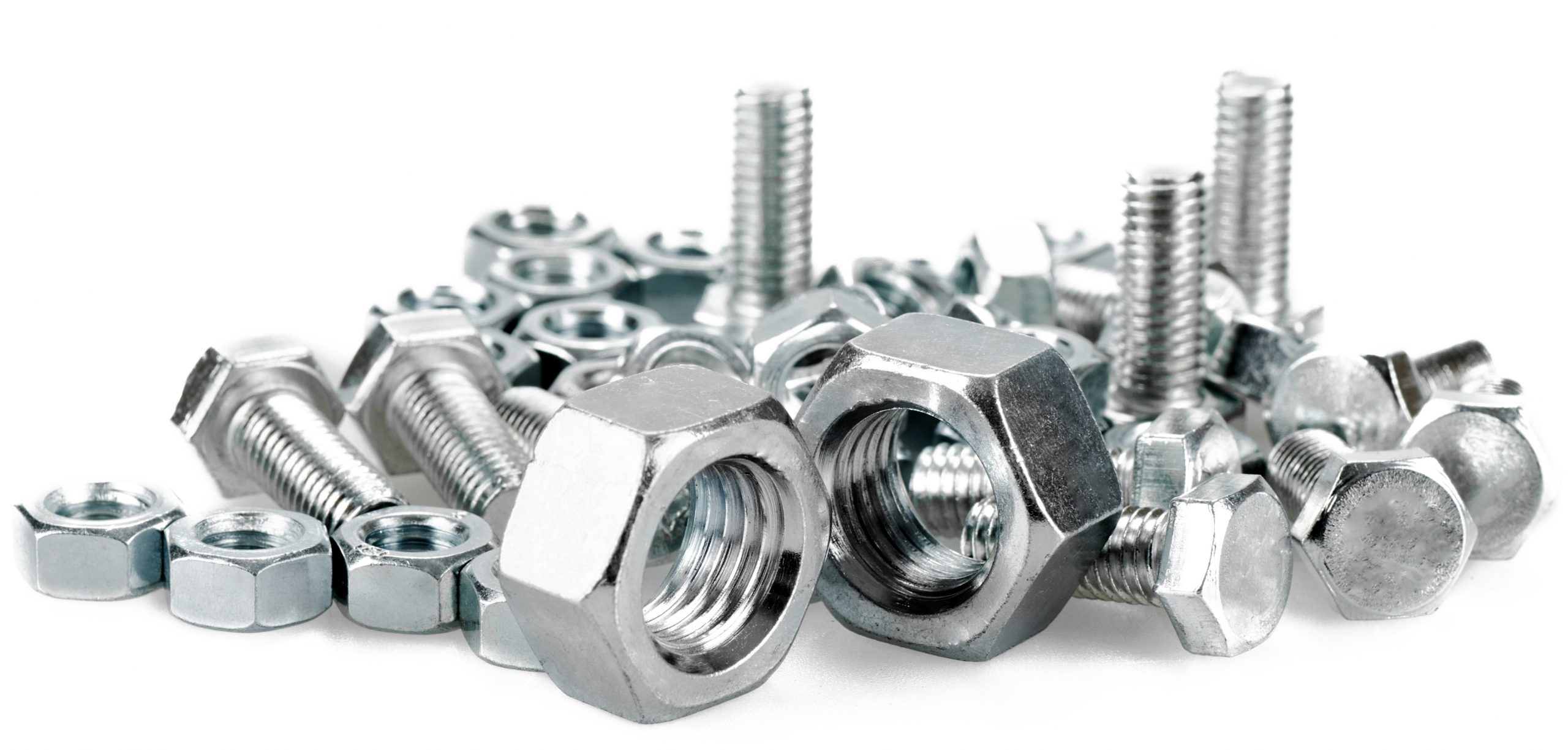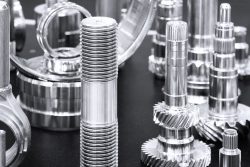Are you looking to understand the uses of rubber tubing? Whether in the automotive, medical, or consumer product industries, it is safest and most cost-effective to be knowledgeable about all components used in production.
Rubber tubing is a common staple in many manufacturing applications requiring sealing or insulation customization. Understanding what it can do for your operations will help you reduce costs and optimize productivity. If you want to start utilizing it, learn more about how it works and its other typical applications to see if it’s the right option for your upcoming projects.
What is Rubber Tubing Used for?
Rubber tubing is also called rubber hose or rubber piping. These are made of synthetic or natural rubber, excellent for circulating liquids and gasses in many industrial applications. However, it can also be found in residential households.
These are very flexible and bendable, allowing for flexibility when it comes to routing and installation. It’s also durable, often lasting over a decade with minimal wear and tear. In addition, its resiliency makes it the ideal option for hydraulic and pneumatic systems.
However, rubber tubing’s lifespan depends on the quality of the material used in its manufacturing process and how well it is maintained by proper storage and use.
Common Applications of Rubber Tubing
The adaptability of rubber tubing makes it the ideal component for numerous industries in various applications. It’s long-lasting and reliable, making it suitable for transferring liquid, gas, and chemicals in industries where hydraulic fluids are prevalent.
Industries that use rubber hoses:
- Food industry: The food industry uses food-grade rubber tubing that can withstand high temperatures and chemicals used in food processing.
- Medical industry: Medical-grade tubing is required to ensure it can resist contaminants and degradation from constant chemical exposure while being biocompatible.
- Automotive industry: Hose and tubing are used to ensure the smooth operations of an automobile since it’s found in cooling systems. These are also used as fuel lines.
- Aerospace industry: Demanding industries, such as aerospace, need rubber tubing to withstand harsh environments and weather conditions. They must meet the required strength, durability, and reliability before being used in the system.
- Agriculture industry: Several types of tubing are utilized in the agricultural sector for various purposes, including irrigation systems, water delivery systems, and other related applications.
With the many uses of this type of tubing, it’s no wonder why so many industries rely on it for its dependable performance and cost-effectiveness. Understanding the durability and application of this rubber component will help you decide which type to use in your next project.
How to Properly Care for Rubber Tubing
Enhancing the lifespan of rubber tubing is necessary if you want to use it for a long time. The tips below will give you an idea of how to properly care for it:
- Handling: Rubber is soft and flexible, so it’s still susceptible to wear and tear. Even though it has a protective layer, it can still be prone to damage if not handled properly. Make sure to only use the proper connectors and follow the manufacturer’s guidelines.
- Cleaning: You can clean the rubber tubing every six months for light usage. However, inspection is needed during that duration. You must inspect it for cracks or leaks before washing since they must be repaired before cleaning.
- Storage: Only store these components at room temperature so it doesn’t lose their properties. You must also test outdoor rubber hoses since ozone and UV can cause cracking and dry rot. Finally, avoid dragging the tubing on rough surfaces since it can cause abrasion.
Trust Thomas A. Caserta for Your Rubber Tubing Needs
Looking for the proper rubber hose can be difficult, but that’s where Thomas A. Caserta can help. We offer a wide range of high-quality rubber piping for various applications and industries, providing customers with the assurance of quality and durability.
If you need help finding the right rubber tubing for your project, don’t hesitate to contact us! You may also request a quote, and we can find a solution for your various projects.
